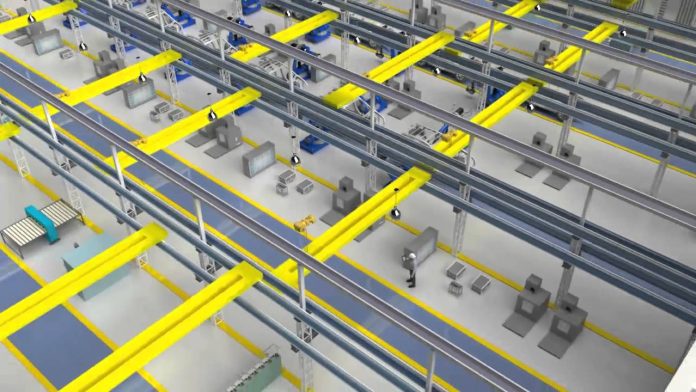Microsoft IoT Central connects to Azure cloud services; Connected Factory announced ahead of Hannover Messe
Microsoft has unveiled Microsoft IoT Central, a new software-as-a-service (SaaS) offering aimed at reducing the complexity of IoT solutions. The company bills the solution as enabling “powerful IoT scenarios without requiring cloud solution expertise,” by connecting to the company’s Azure cloud to simplify the development process and jumpstart IoT initiatives.
IoT Central offering will be available along with the company’s existing platform-as-a-service (PaaS) solution, Azure IoT Suite.
“This new IoT SaaS offering has the potential to dramatically increase the speed at which manufacturers can innovate and bring new products to market, as well as lower the barriers to creating IoT solutions that generate new revenue opportunities and better experiences for customers,” Microsoft said.
Microsoft also said that it is continuing to invest in Azure. At the Hannover Messe industrial show next week, the company will introduce a new preconfigured solution: Connected Factory, which helps accelerate a customer’s journey to Industrie 4.0 and makes it easy to connect on-premises OPC UA and OPC Classic devices to the cloud. In addition, it enables customers to browse and configure factory devices from the cloud, the software firm said.
“We have partnered with several industry leaders in the OPC UA ecosystem that have built turnkey gateway solutions which have the Azure connectivity used by this solution already built in and require close to zero configuration. These partners include Unified Automation, Softing and Hewlett Packard Enterprise,” Microsoft reps said.
In a post to the company’s blog, Sam George, Partner Director Azure Internet of Things, said Azure “is the best choice for businesses to cloud-enable industrial equipment–including already deployed machines, without disrupting their operation–to allow for data and device management, insights, machine learning capabilities and even the ability to manage equipment remotely.”
George also addressed security, which has become the a major discussion point in the enterprise buying cycle, touting the company’s portfolio as “secure by default,” which “means that all security features are turned on and already configured.”

